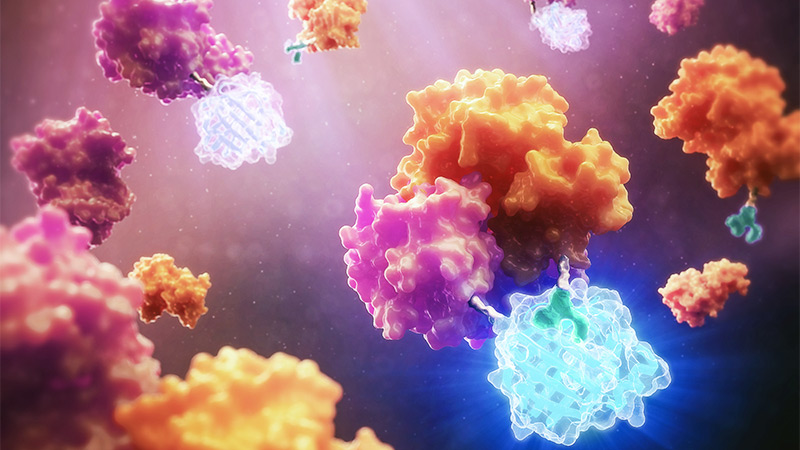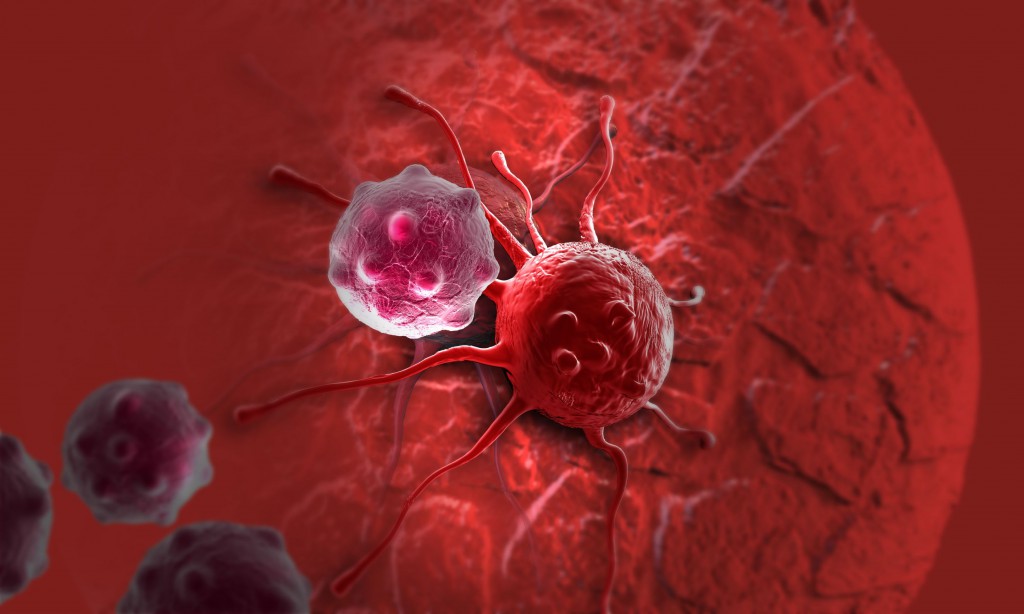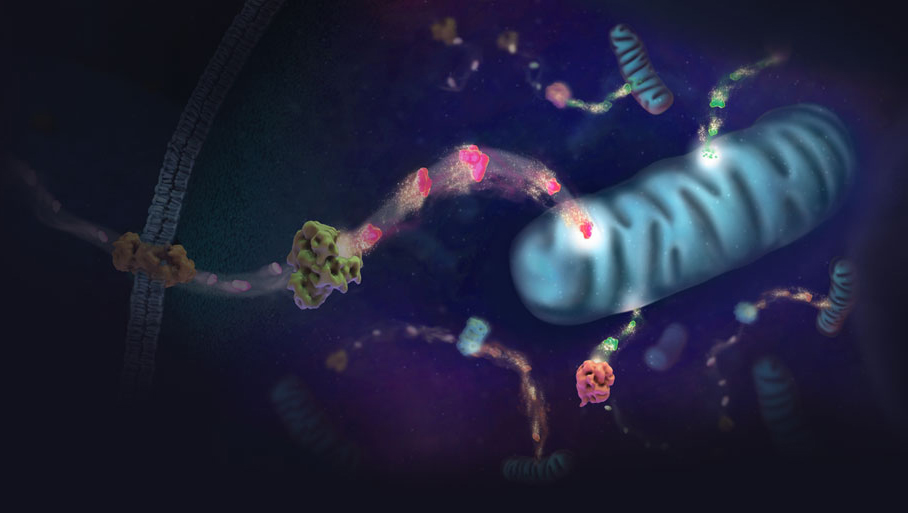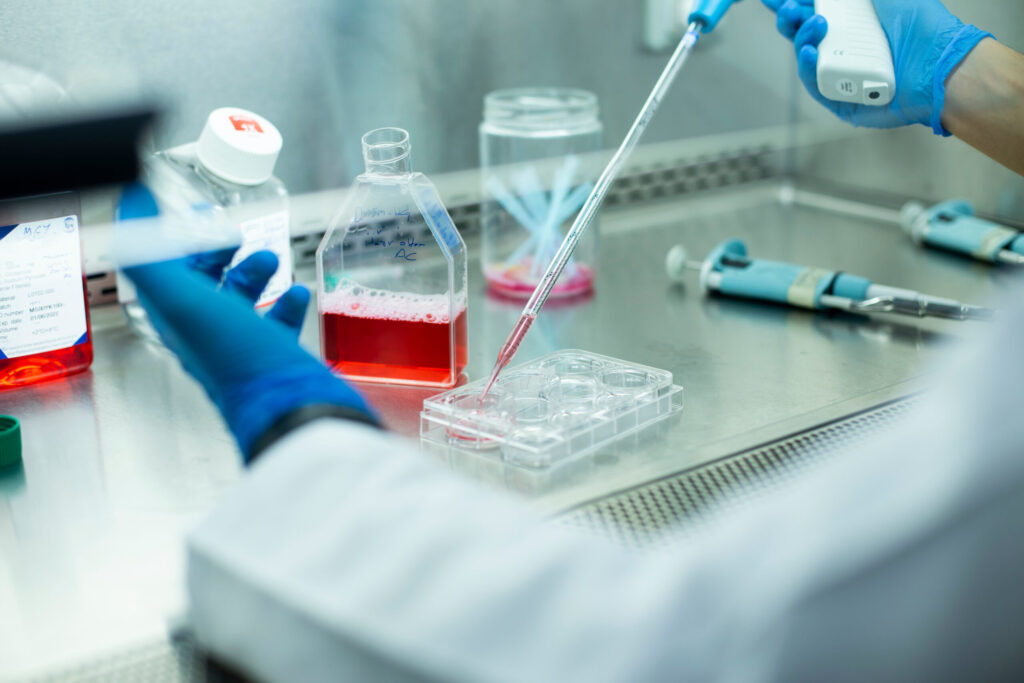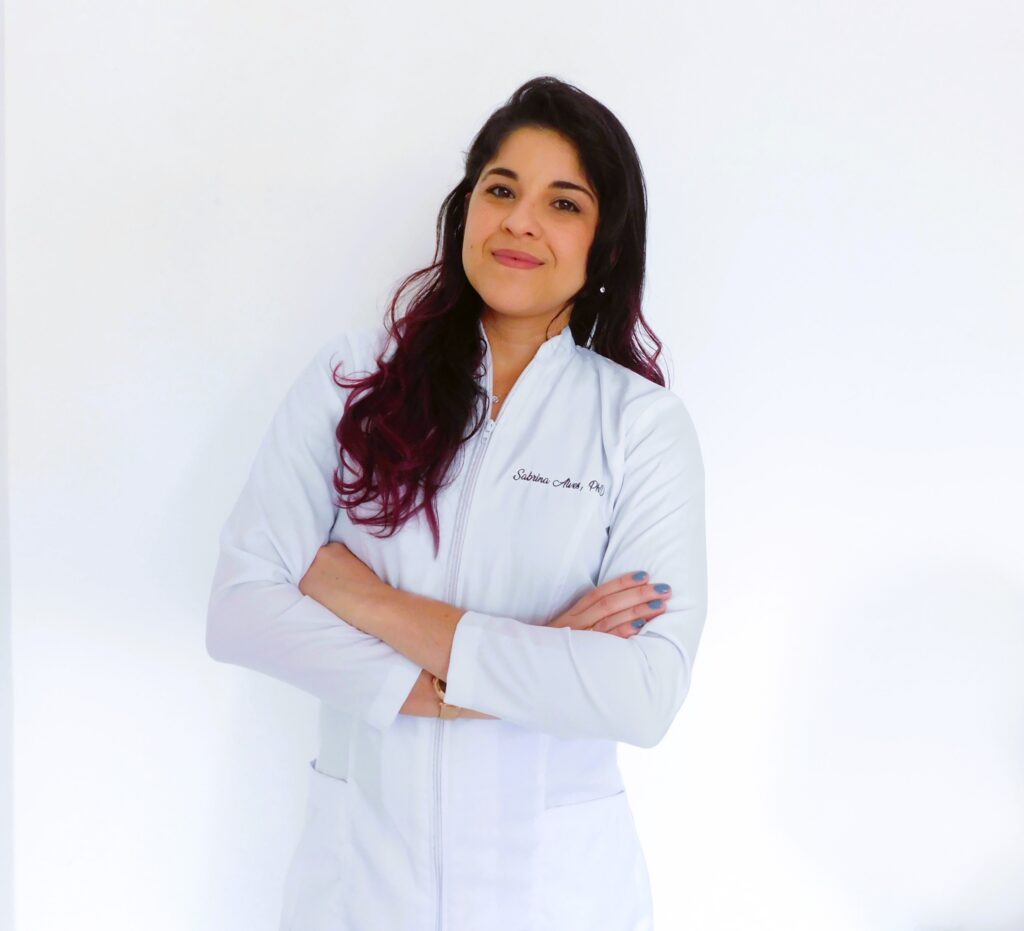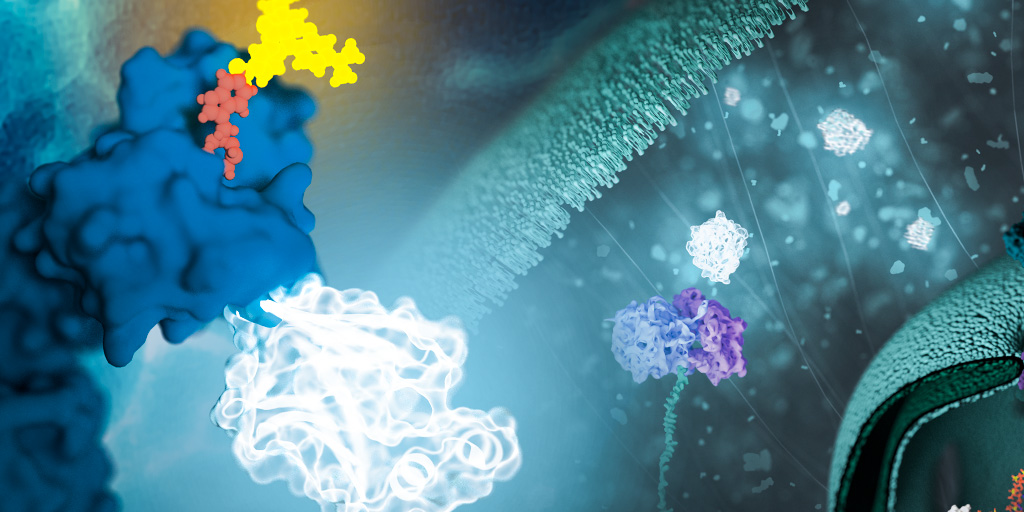An amazing transformation is taking place, unseen and unnoticed, within the microscopic bits that make you, you.
A tightly coiled lattice unspools to reveal a sinuous DNA stand. Along its length, tendrils of RNA sprout, growing bit by genetic bit. Eventually, the signal to stop and break away arrives, yielding a new strand of RNA that faithfully transcribes the DNA strand’s genetic code. Proteins trim and splice this new growth, pruning it so it takes its final form, messenger RNA. More proteins then ferry this mRNA strand through a pore in the nuclear envelope into the open space of the cell’s cytoplasm. Ribosomes and codon-carrying tRNA alight onto the released mRNA strand, reading the instructions it has carried from the DNA in the nuclear nursery. From this trio new forms emerge, bulbous proteins shaped by their destined purpose.
And so it goes, every second of every day, in the tens of trillions of cells in your body…
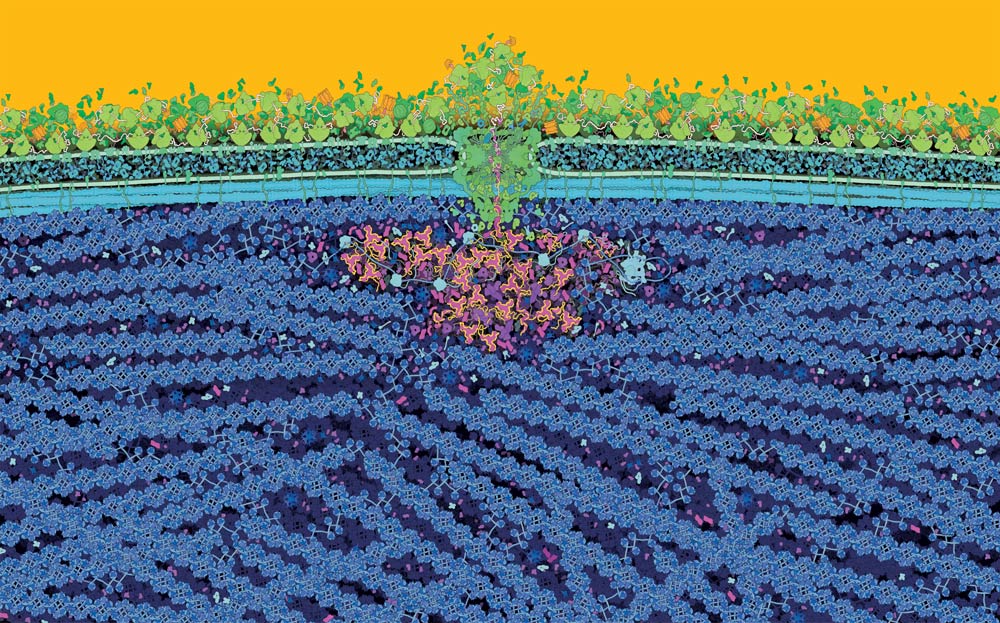
…And on the tens of thousands of kit packages we deliver to customers across the globe every year.
Continue reading “The Central Dogma of Promega: The Story and Science Behind Our Kit Packaging Design”
